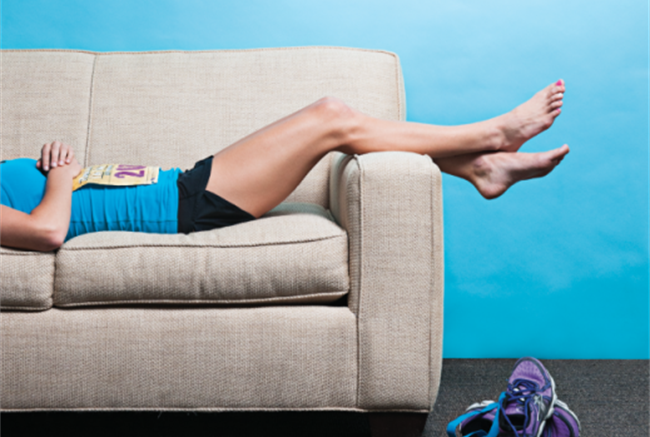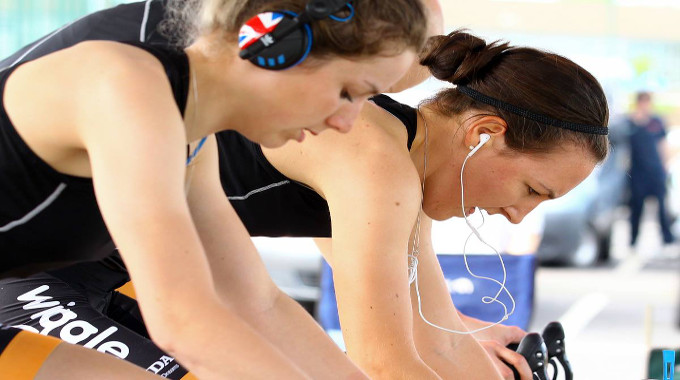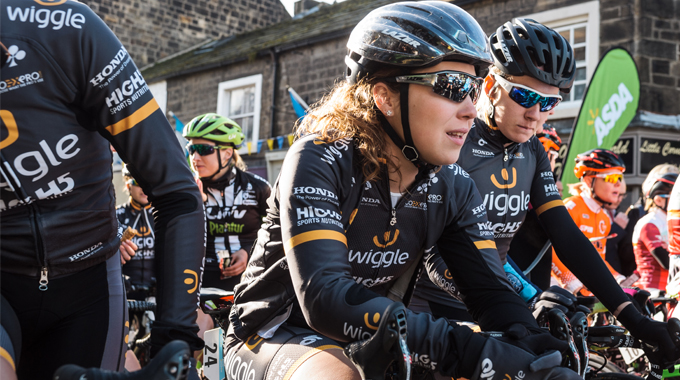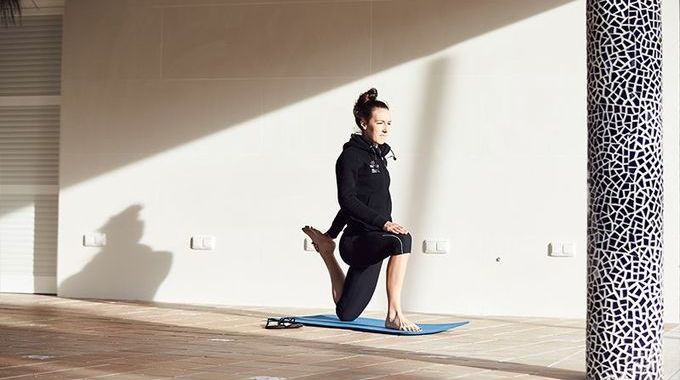From time to time, life will pop up and disrupt your training regime. Illness, accident or just ‘adulthood’ in general can all get in the way of the thing you love doing most: cycling.
For many of us, there’s nothing worse than being told we can’t ride, or being too busy with everyday stresses to find the time to get out on the bike.

Without your regular exercise, or cycling routine, your muscle’s memory and fitness levels will naturally decline. It really is a case of “use it, or lose it”.
However, those changes take some time, and there are occassions when having a short break from it all is a good thing for our bodies. A break from training can help with muscle recovery, and sometimes it’s necessary to rest – either to avoid injury or to allow adaptations, which make us stronger and faster, to take place.
We spoke with head coach of Revolution Cycling, Kerry Bircher, to find out what happens to our bodies when we take a training break, and asked ‘is it all as bad as we assume’?










